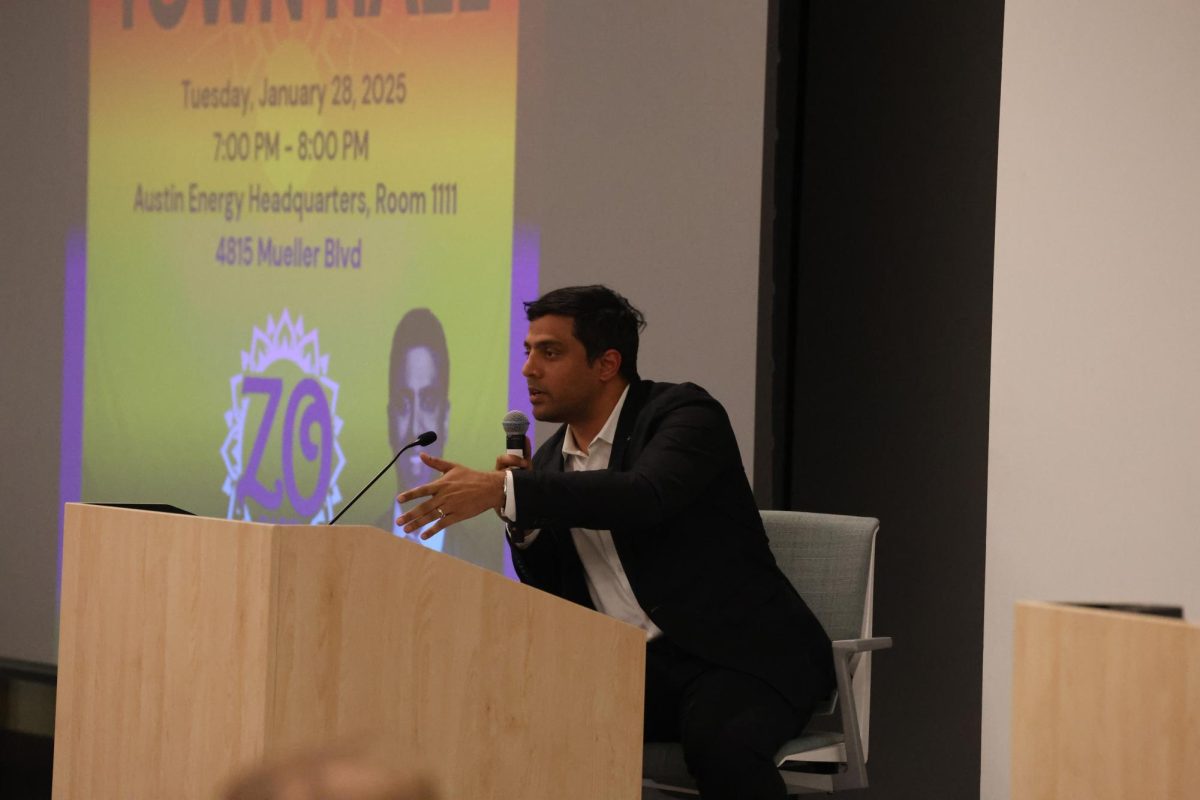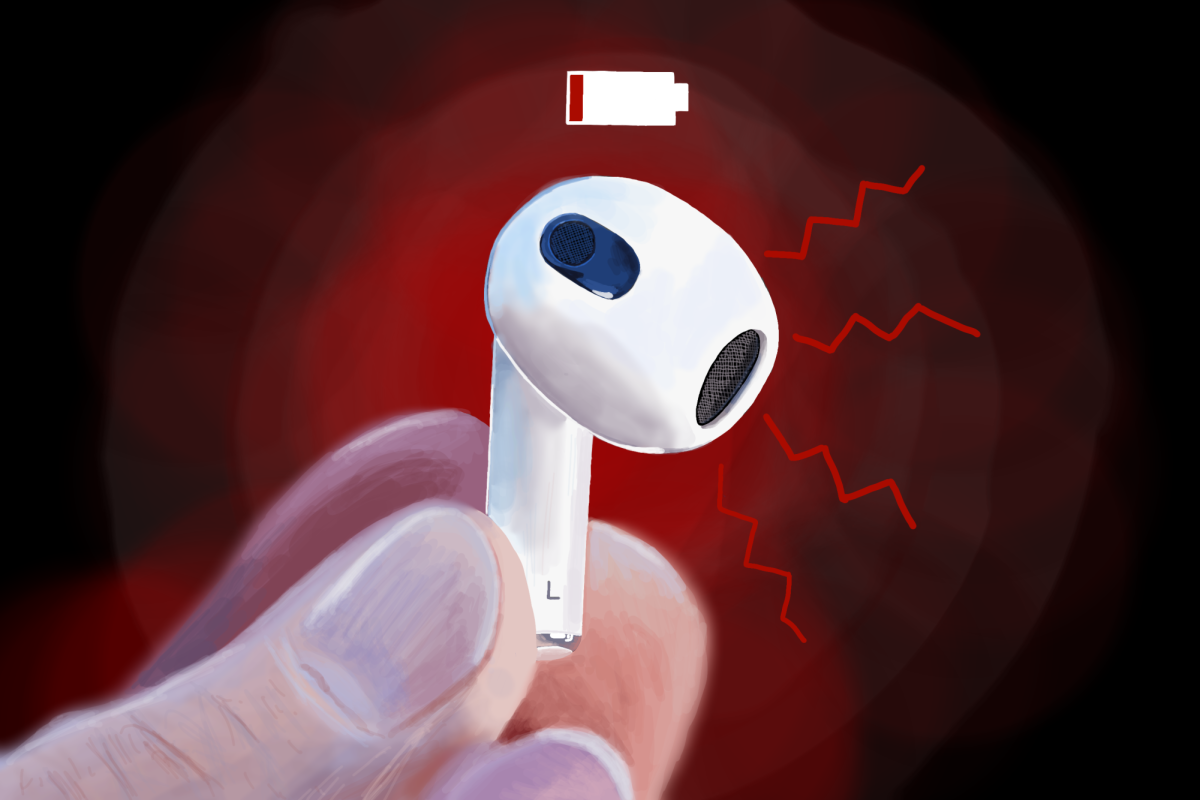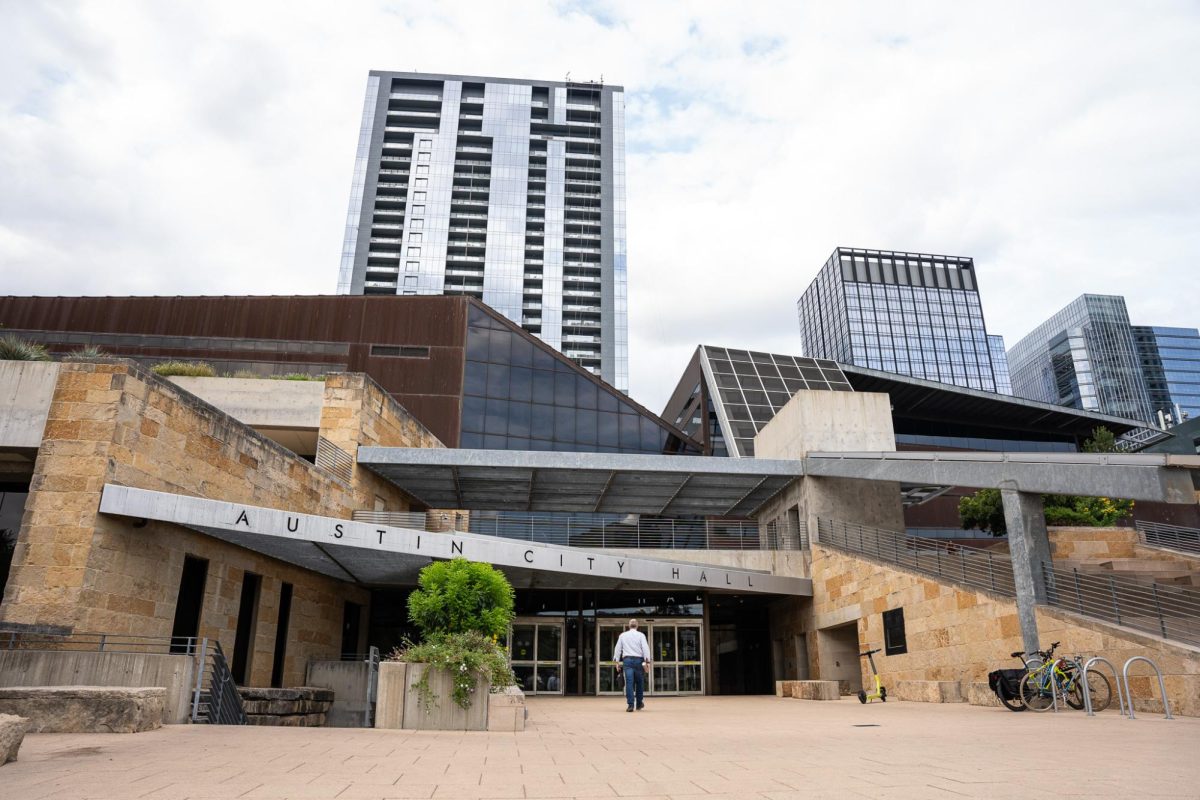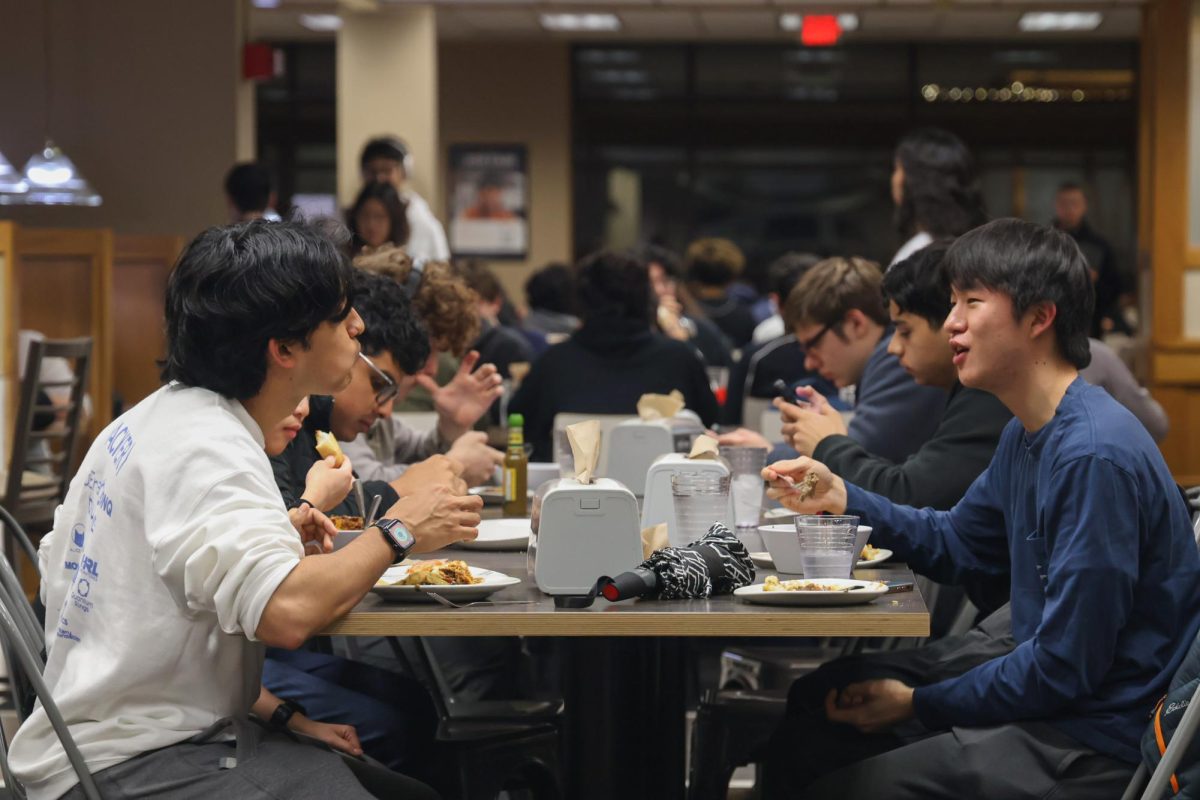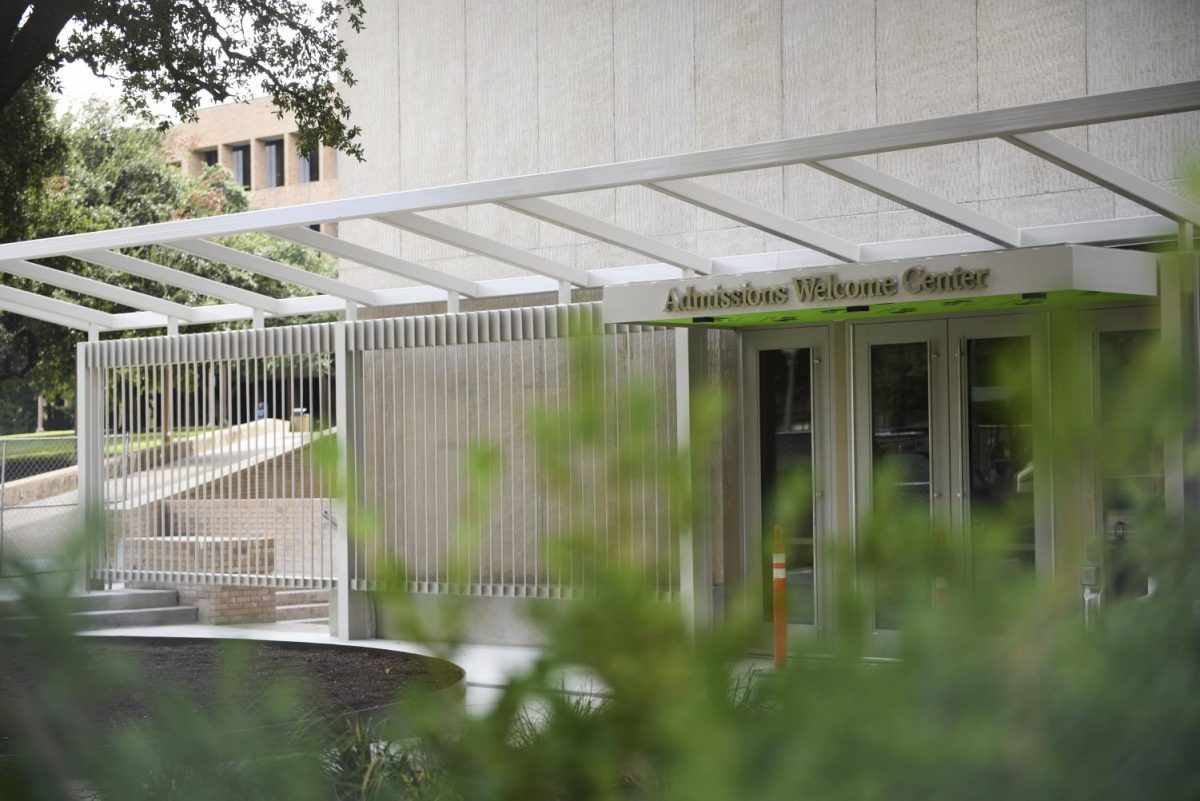Overall University enrollment decreased by 1.4% since last year — from 51,832 to 51,090 students, according to a press release published last week.
“Overall student population is always going to cause small fluctuations,” said Joey Williams, director of communications for the Office of the Executive Vice President and Provost. “(It’s) not a large decrease. Overall enrollment numbers … are consistently around that level.”
UT spokesperson JB Bird said the University would like to keep enrollment in the range it’s been at the past two years, from about 51,000 to 52,000. To do so, he said the University held the automatic admissions rate at the top 6% for high school students graduating in 2020, instead of decreasing it further.
However, Bird said there are factors out of the University’s control that affect enrollment and automatic admissions, such as the demographics of the state’s population.
“We don’t want (the) University to be too large because we want to have a good student-faculty ratio,” Bird said. “We’re always trying to get to a certain number of (first-time) freshmen … that we think is the best number to run the University.”
Along with the decrease in overall enrollment, the press release said the percentage of white undergraduate students also dropped 1.3% to 38.8%. However, while overall enrollment and enrollment of white undergraduate students decreased, minority undergraduate students saw slight increases in enrollment from last year.
The percentage of black undergraduate students in the student body increased by 0.1% to 5.1%, according to the press release. Similarly, the overall percentage of Hispanic undergraduate students in the student body rose by 1% to 24.4%, and the percentage of Asian undergraduate students rose by 0.6% in the past year to 22.6%.
Bird said having a diverse student body is important for the University since it brings educational benefits for all students.
“I think all statistics are meaningful because they reflect the demographics of the class,” Bird said. “We always want to do better.”
According to the press release, the first-to-second year undergraduate retention rate, which is the percentage of freshmen who stay for their second year, increased by 0.6% in the past year to 95.7%. There was also a 2.3% increase in undergraduate degrees awarded from 2018 to 2019, according to the press release.
Williams said this is consistent with the overall increase of four-year graduation rates over the past five years.
“We have more students graduating on time, and there are more open seats available,” Williams said. “This institution is just becoming more efficient.”
Bird said the University has been able to award more degrees without increasing student enrollment, which is better for prospective and current students.
“We’ve been able to (award more degrees) without diluting the resources and educational experience for students (that) are here,” Bird said. “We’re really happy about that change … I think that’s a very significant number.”


